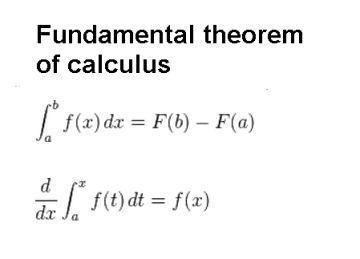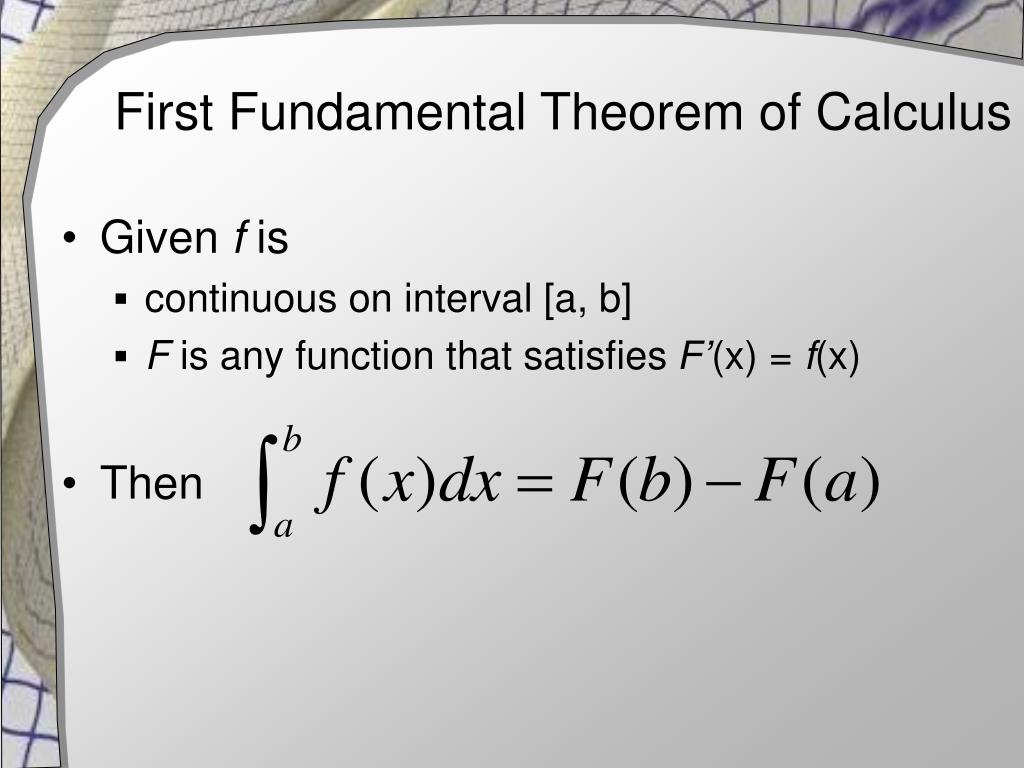

This introduces a little more complex notation in our limits and makes the calculations more difficult without really gaining much additional insight, so we stick with regular partitions for the Riemann sums.Ĩ9 + 90 + 56 + 78 + 100 + 69 6 = 482 6 ≈ 80.33. Instead, we must take the limit as the width of the largest subinterval goes to zero. However, if a nonregular partition is used to define the definite integral, it is not sufficient to take the limit as the number of subintervals goes to infinity. Any partition can be used to form a Riemann sum. This restriction is not strictly necessary.

It is also worth noting here that we have retained the use of a regular partition in the Riemann sums. For example, functions continuous on a closed interval, apart from a finite number of jump discontinuities, are integrable. įunctions that are not continuous on may still be integrable, depending on the nature of the discontinuities. If f ( x ) f ( x ) is continuous on, , then f is integrable on. We could use any variable we like as the variable of integration: Note that, like the index in a sum, the variable of integration is a dummy variable, and has no impact on the computation of the integral. We call the function f ( x ) f ( x ) the integrand, and the dx indicates that f ( x ) f ( x ) is a function with respect to x, called the variable of integration. Second, the boundaries of the region are called the limits of integration. First, we talk about the limit of a sum as n → ∞. To clarify, we are using the word limit in two different ways in the context of the definite integral. The numbers a and b are x-values and are called the limits of integration specifically, a is the lower limit and b is the upper limit. On a definite integral, above and below the summation symbol are the boundaries of the interval. The integration symbol ∫ is an elongated S, suggesting sigma or summation. Integral notation goes back to the late seventeenth century and is one of the contributions of Gottfried Wilhelm Leibniz, who is often considered to be the codiscoverer of calculus, along with Isaac Newton. However, close attention should always be paid to notation so we know whether we’re working with a definite integral or an indefinite integral. Later in this chapter we examine how these concepts are related. An indefinite integral is a family of functions. Although the notation for indefinite integrals may look similar to the notation for a definite integral, they are not the same. We have seen similar notation in the chapter on Applications of Derivatives, where we used the indefinite integral symbol (without the a and b above and below) to represent an antiderivative. The integral symbol in the previous definition should look familiar. If this limit exists, the function f ( x ) f ( x ) is said to be integrable on, , or is an integrable function. \int_1^4 x^2 \, dx &= \left.Provided the limit exists.

Using Derivatives to Identify Extreme Values.Derivatives of Functions Given Implicitly.Derivatives of Other Trigonometric Functions.Interpreting, Estimating, and Using the Derivative.The Derivative of a Function at a Point.


 0 kommentar(er)
0 kommentar(er)
